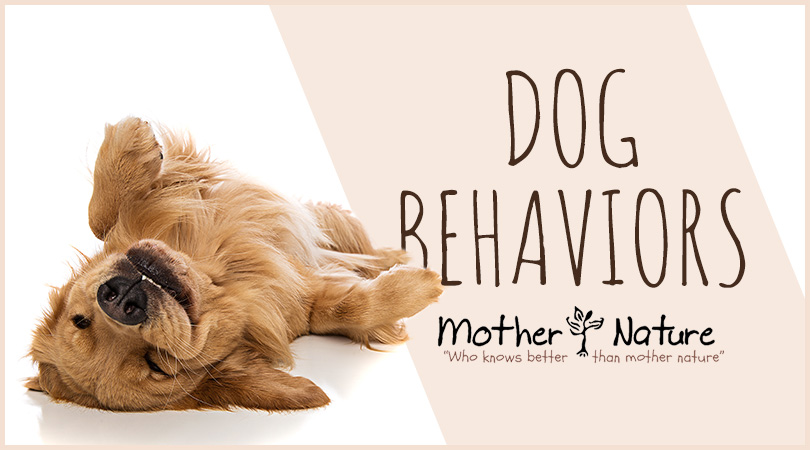Dogs have their own language
Dogs have their own language but if we pay enough attention, we can learn it. Sure, dogs bark but that is only a small part of how they communicate. Their body language is the most important part when it comes to understanding what your dog is trying to tell you.
Here are some tips from Mother Nature Garden, Home, and Pet to help decipher what it is that dogs are trying to tell us. These are 6 body parts to pay attention to:
Eyes
An approachable or calm dog will have relaxed, soft eyes. Dogs will rarely show much of the whites of their eyes when they feel calm and/or happy. (This is a perfect example of how signals can be misinterpreted based on what it would mean if a human was exhibiting them.) Cautious or fearful dogs tend to show more whites as they try to keep watching you while turning their head away to avoid challenging you. This is referred to as whale eye and is a sign of fear. It is best to give this dog some space.
Mouth
A calm dog will have a relaxed mouth, sometimes open and panting, but with no tension in their lips or muzzle. A fearful dog will have a closed mouth and lips that are pulled back at the corners. In an aggressive dog we see a tense, pushed forward muzzle and lips, sometimes (but not always) muzzle will be wrinkled with the teeth exposed. If you observe fearful or aggressive body language keep your distance and listen to the message that the dog is trying to send which is “Please leave me alone.”
Ears
Ears are a bit tricky as there are so many shapes and sizes. It is the general position of the ear that is most important, not the shape. Like the mouth, Ears that are relaxed and set out to the sides, maybe a bit down, indicate a relaxed, calm dog. Ears that are pinned or stretched back signal stress and fear. Ears that are tense and pushed forward show alertness, curiosity, and excitement. It is important to take the rest of the body into account as a relaxed mouth and soft eyes with forward ears show curiosity whereas a tense mouth and forward ears show suspicion and possibly a warning.
Tail
The general rule that a dog is friendly if it is wagging its tail does not always hold water. However, when the rest of the body language is relaxed and the tail is at spine level or lower and moving side to side in a wide arc, friendly is right on the money. Fearful dogs will often tuck their tails right under their body or at least hold it very low. It may be still or moving very quickly in a narrow arc. When a dog has its tail raised high over its back and is holding it still, they are alert.
Hair
Raised hackles (the fur along a dog’s shoulders and back standing on end) is a good clear signal that a dog is excited, stressed, or worried about something. It doesn’t always mean that it’s going to be aggressive but something in the immediate area is definitely causing it concern.
Body posture and movement.
The three main postures to watch for are up and forward, neutral, and down and back. This goes for movement as well. Up and forward equals confidence and possibly aggression. Neutral shape and movement indicate calmness, and a lowered posture and movement away indicate fear.

Website: https://mother-nature.ca
Phone: (604) 485-9878
Address: 7050 Duncan Street, Powell River, BC V8A 1V9





